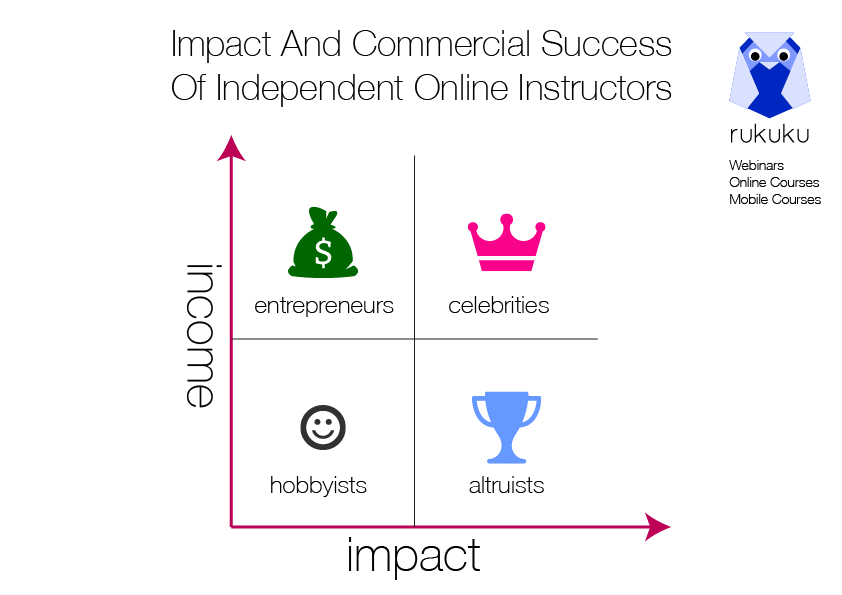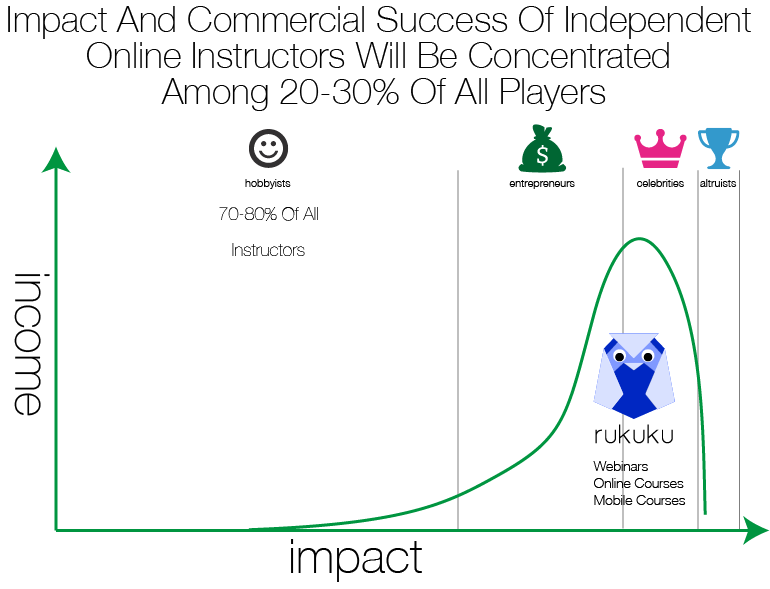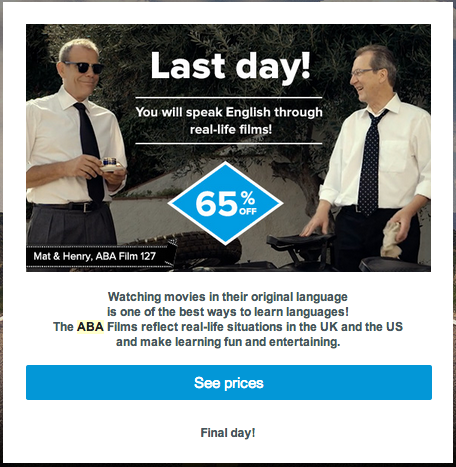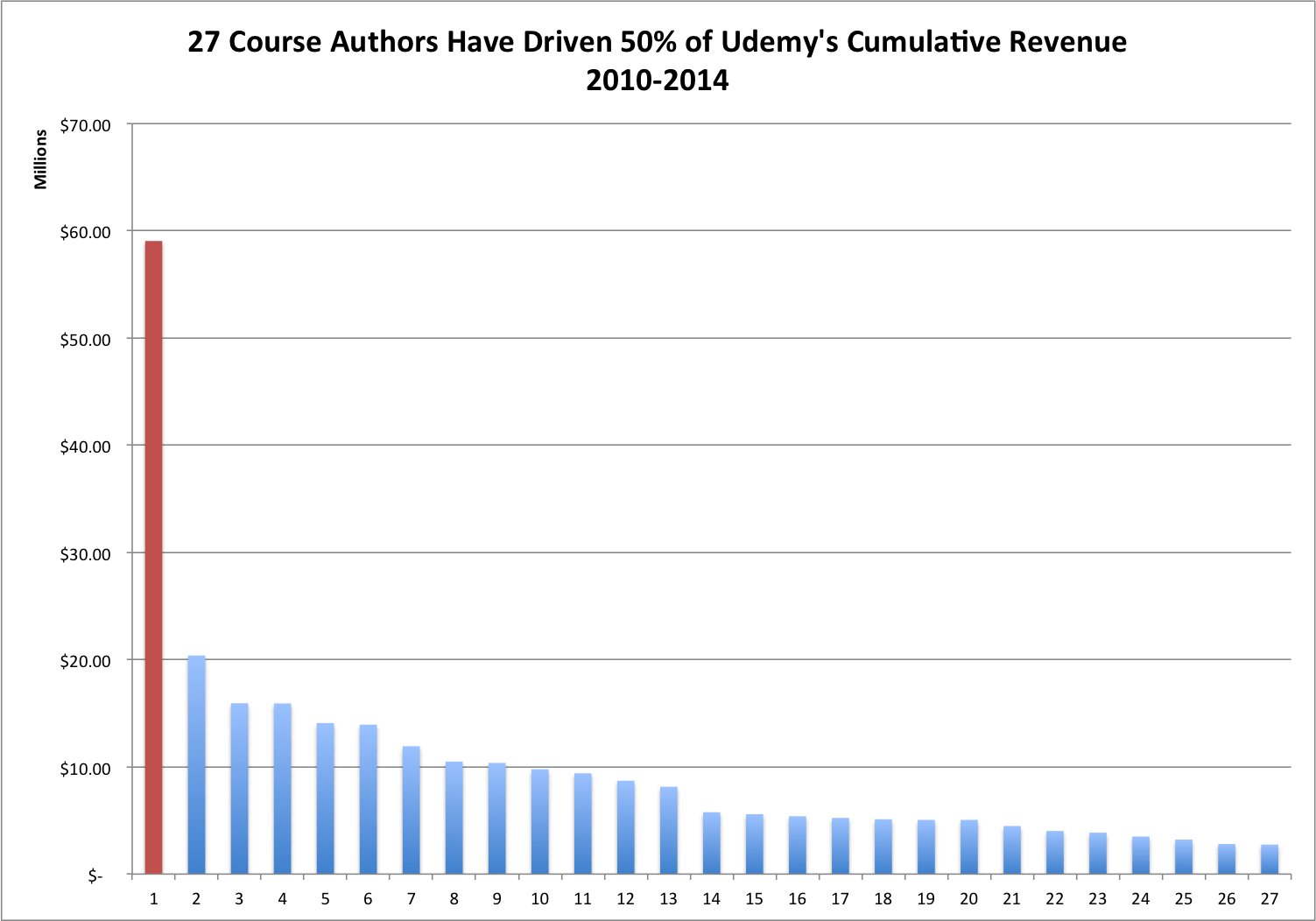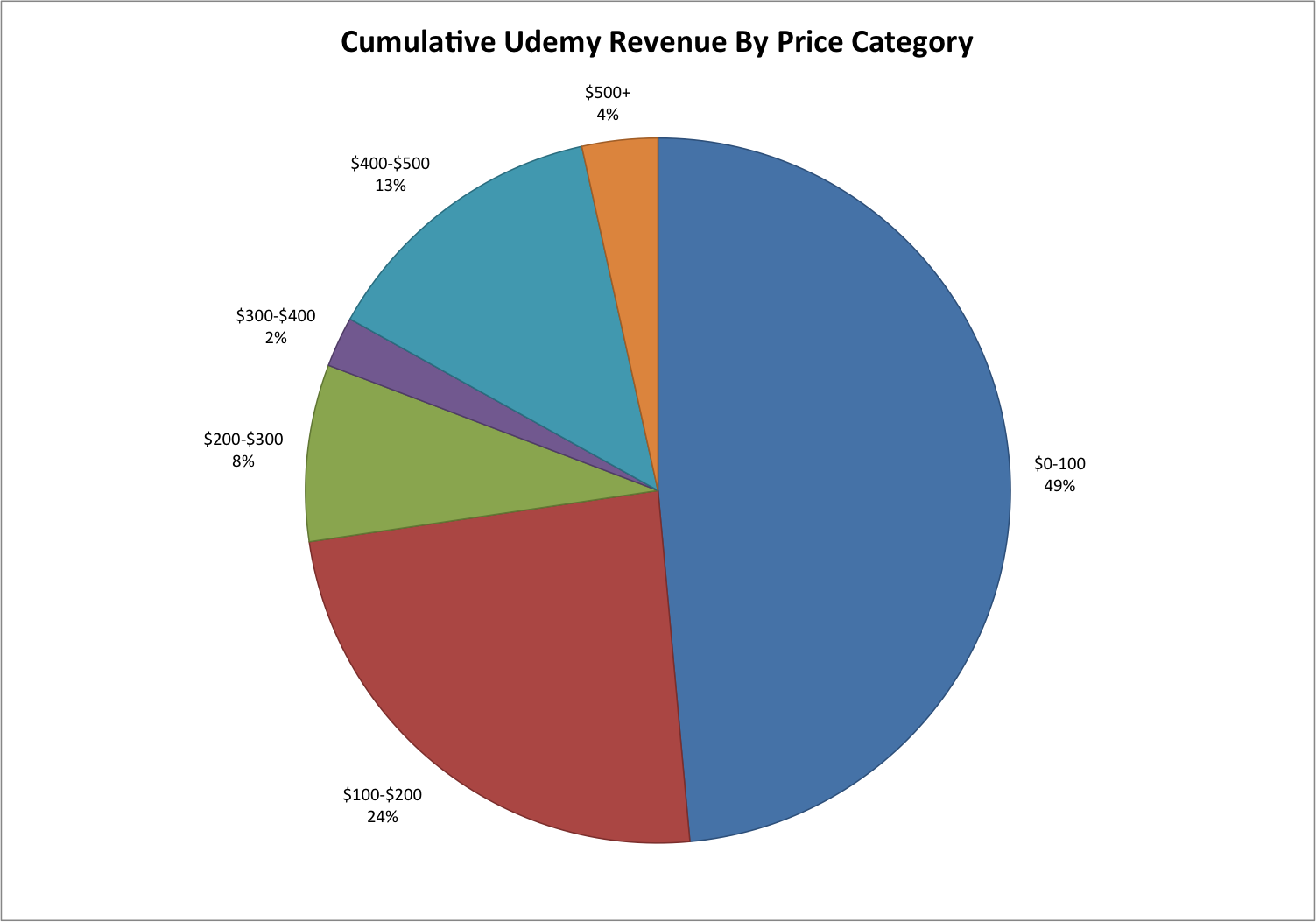In the past several years we have seen how computer programmers changed the world: they wrote software that transformed our lives, and ultimately enabled data flow in all sort of ways. After the software was good enough for large scale adoption, we saw the spectacular rise of content sharing: from Facebook, LiveJournal and Huffington Post to Medium and Svbtle – marketing driven content platforms continue to change and speed up information exchange.
In other words, content is king. This is especially true in such content and communication heavy areas as education and training. Rukuku was started with an acute understanding that instructors generate a ton of content all the time: they prep for classes, write books, make presentations, draw illustrations and so on. They create day in and day out for a very specific, engaged and content-hungry audience: their trainees and students.
In the past, there was a huge problem: these people could only influence relatively small groups of people – those whom they could meet in a classroom environment. Nowadays with our service and other technologies, instructors can scale beyond the confines of a classroom and impact millions of people. Data shows that this will essentially be a blended training revolution.
The collective effort of these entrepreneurial and creative instructors will change the way people learn and acquire skills. I believe the blended training revolution will impact the instructors themselves in a spectacular way:
- Some instructors will become famous – I define this category as “altruists”
- Some instructors will become rich – “entrepreneurs”
- Some will be both famous and rich – “celebrities”
- Most will have limited or no impact or success – “hobbyists”
Given the massive scale of this process, my view is that the power law will apply here: the true revolution in education and skills training will come from about 20-30% of all involved independent instructors, and these individuals will become the new heroes of this decade.

